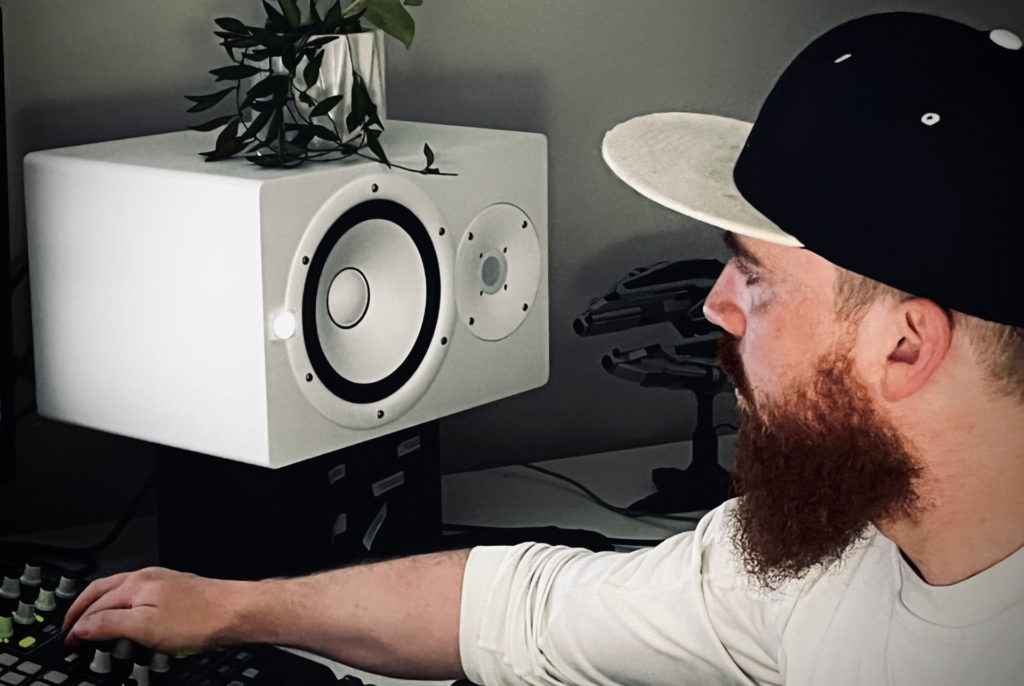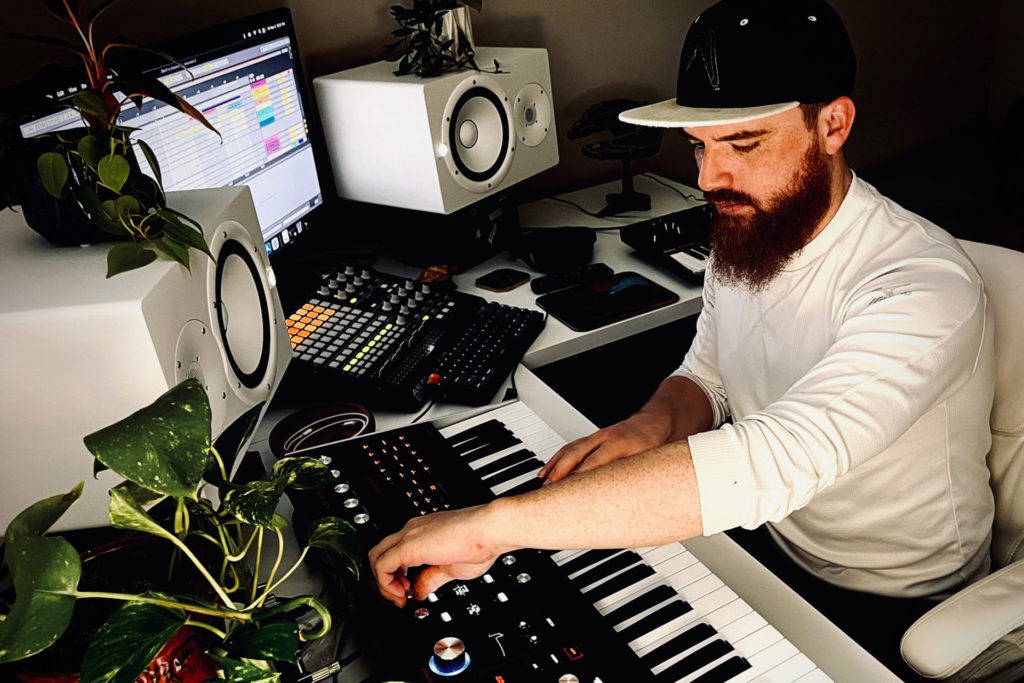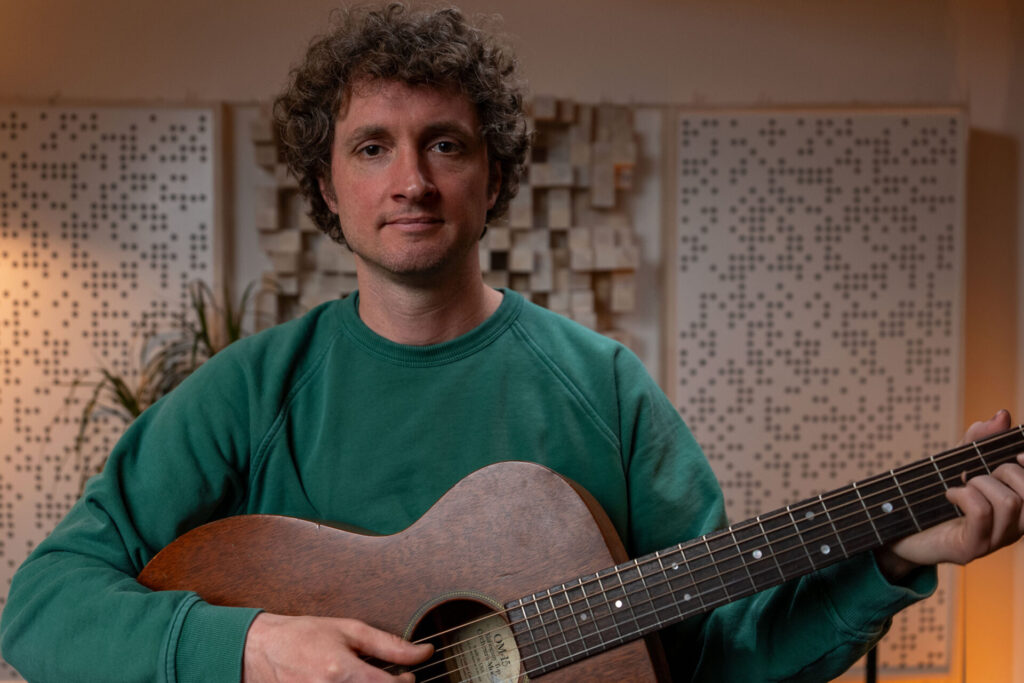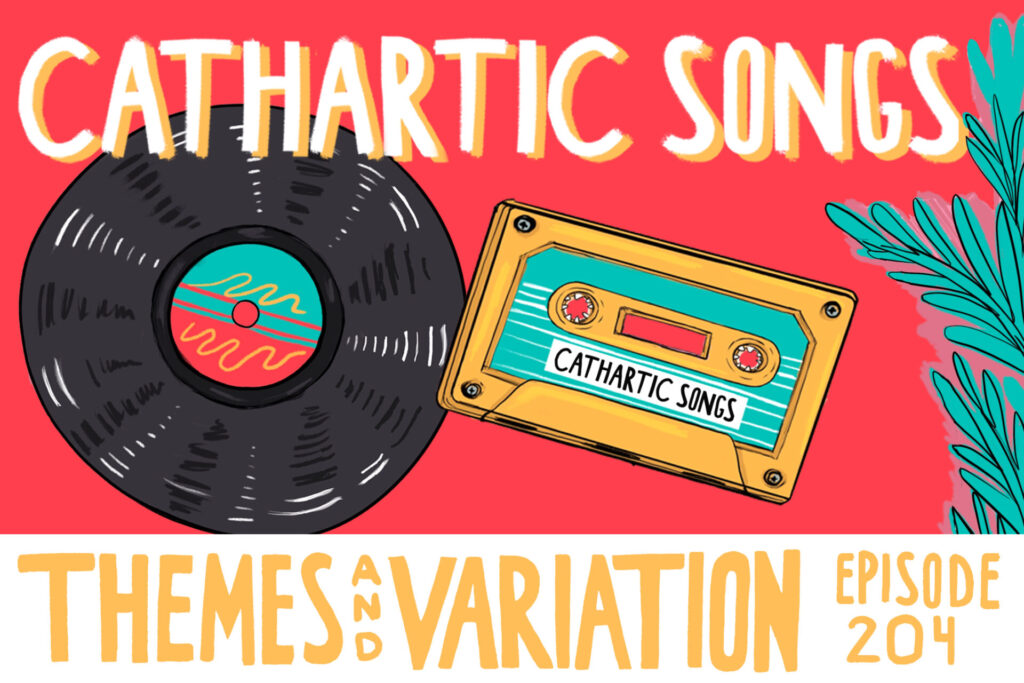Last July, we lovingly (and with much trepidation) launched the Summer of Synthwave Com Truise Remix Contest, encouraging Soundfly members to create their own take on Com Truise’s new track “Dynetics” using his very own stems. Community members from all over the globe whipped up their own remixes for a chance to win amazing prizes put up by Arturia, Kilohearts, Samples From Mars, and D16.
By the time it ended, we were flabbergasted by the sheer number of incredible submissions to the contest, taken aback by the overall level of quality that just seems to flow effortlessly from Soundfly’s artist community, and in a real pickle as Seth and the team convened to decide this year’s winners and runners up…
In a previous post we introduced you to the contest’s Grand Prize Winner, Mono Memory, and today we’re presenting the first of two amazing tracks by our contest’s Runners Up, by producer Josh Hanselman.
Take a listen to Josh’s “Dynetics” remix below — it’s pretty slick — and read our conversation below:
Q: You recently took on the Summer of Synthwave Com Truise Remix Contest with your fantastic remix of “Dynetics,” and earned the Runner Up spot. Congrats! How was the process of producing this track for you?
A: Thanks! I would say it was both fun and laborious. Making music is work, but this form of it is pretty fulfilling and not quite so alienating so I found the whole thing extremely helpful and yeah, a ton of fun. I didn’t really have any kind of special vision for it to begin with; I just noodled around with a few ideas until I found one I thought could work and then moved a lot of bass notes, kick hits, and main riff notes around until I got something that grooved.
How did you approach this remix? What did you work on first, and did the track take a long time to come together or did it go quick?
My approach at first was to noodle for a while and just try to let the sounds guide the creative process, but then I didn’t really like what I was coming up with, so I asked for some help from Carter (Lee), who suggested essentially taking the same approach from the course: start with a solid 2-4 bars and then build from there. I tried to really do some critical thinking about what the focal point should be, and I decided that the main riff was the thing that stuck with me (the hook I guess) and tried to rebuild from there. I ended up re-creating my own bass stem with a patch I made on my Hydrasynth to mimic Seth’s, and I think I got pretty close, but ended up taming the detune just a tad.
I also decided I wanted a completely new drum part that was stylistically similar but with different components, so I built one primarily from a mixture of Cheetah MD16 and some Pakotec toms. Then I transcribed the riff onto my own MIDI channel and used the discoDSP OB-Xd to rebuild his Prophet riff. Once I got all those elements playing nicely together, the rest came together relatively quickly.

How did you arrive at your sound in general?
I’ve been shamelessly emulating Seth’s style for at least like 8 years since I bought my first synth (the Korg Minilogue) and starting playing around with Logic Pro and Ableton Live. So my sound on this remix I would say is like 80% derivative of Seth and 20% my own composition and approach to mixing. It’s all very much inspired by Com Truise.
Actually his music was the first thing I ever tried to imitate that made me feel somewhat competent at what I was doing; I felt like I had a sound palette that spoke to something I was looking for and it allowed me to have fun and just marinate in the grooves I was trying to make.
Who are your biggest inspirations in terms of producers or artists, and why? Did you look towards any particular artist for inspiration here?
Besides Seth, my favorite electronic artists are Aphex Twin, Ivy Lab, Jimmy Edgar, Mitch Murder, and Squarepusher, just to stop myself at five. I probably also subconsciously draw on a lot of other influences; I played in an Incubus tribute band for a long time and I used to listen to a lot of metal (Deftones, Animals as Leaders, Opeth, Dream Theater, etc), so I know that’s all swimming around just beneath the surface. I couldn’t say why, they just all stand out to me for a million different reasons, all unique to each artist.
All those artists are doing very unique things that are immediately recognizable and are attributable to only them, and the same is absolutely true of Seth. I think he’s still the number one inspiration for the remix.
I did attempt a Footwork/Aphex Twin type vibe for a second submission at the very end, but I couldn’t really get it to gel with any of the elements in the stems, so I gave up on that and decided to make sure the mix for the first one was really solid.
Were you able to put any concepts you learned from Com Truise’s course into action in your remix? What was something you learned that piqued your interest?
Absolutely. A lot of the techniques in the course were based on playing with effects I’m somewhat already familiar with, but getting a specific look at the order of operations in terms of signal flow was really helpful. I used the drum funk rack on a lot of different elements, I used the KB6 samples he mentions quite a lot (and will continue to!), and I got a TON of mileage out of that OB-Xd emulation. That thing is incredible and if you’re reading this you should absolutely go download it, it’s free.
My favorite things from the course, the ones that stuck with me, were mainly: don’t be afraid of automating things and don’t assume that using hardware is intrinsically better than using soft synths. The fact that he uses the emulations so extensively was pretty surprising at first, but in retrospect it makes total sense. When you feel the creative juices flowing, you have to capitalize on them as much as possible and as quickly as possible, and having control over writing automation curves for decay time, envelope intervals, and cutoffs is vital for actually getting ideas down and being able to modify them dialectically with the other parts of the song as they develop.
Everything should be dynamic and all your parts should talk to each other, and if you have to constantly interrupt what you’re doing to re-track something and then shift it around to compensate for latency, it can get to be too much to focus on. Maybe some people have the attention span for that stuff and if so that’s awesome, but I do not! I have found that I have wasted an awful lot of time in the past because I thought I was the kind of person who needed to actually tangibly feel the knobs moving to make good music and this course proved to me that that was not the case. I also have always had an irrational phobia of automation, I guess because I feel like it ties your overall levels down at too early a stage, but I think that was also misplaced and now I love playing around with things to try to create tension and release and keep the energy of the track dynamic and not static. That’s been extremely helpful.
What brought you to Soundfly originally?
I’m in a music group-chat with some friends and one of them mentioned that there’s a Com Truise course now and I decided I would not forgive myself if I didn’t try it. So I heard about it from him (thanks Aaron!).
What’s next for you in 2022?
Currently the short term project is finishing a 30-minute set that I can play live somewhere. I should be getting something set up soon in the Atlanta area. Long term, the project is trying to commit to finishing more tracks before I start a million half-baked half-finished ideas. I have had major issues with this for a long time, so it was really great to have a timetable for the remix to force me to finish something.
Also the “Side Quests” were cool too, and I ended up with a whole other finished track that I also like a lot and will probably play live soon too.
I also want to keep making strides toward developing a more unique sound: something that doesn’t sound quite so carbon-copy ‘Truise.
Don’t stop here!
Continue learning with hundreds of lessons on songwriting, mixing, recording and production, composing, beat making, and more on Soundfly, with artist-led courses by Kimbra, Jlin, Kiefer, RJD2, Ryan Lott, and of course, Com Truise: Mid-Fi Synthwave Slow-Motion Funk.




